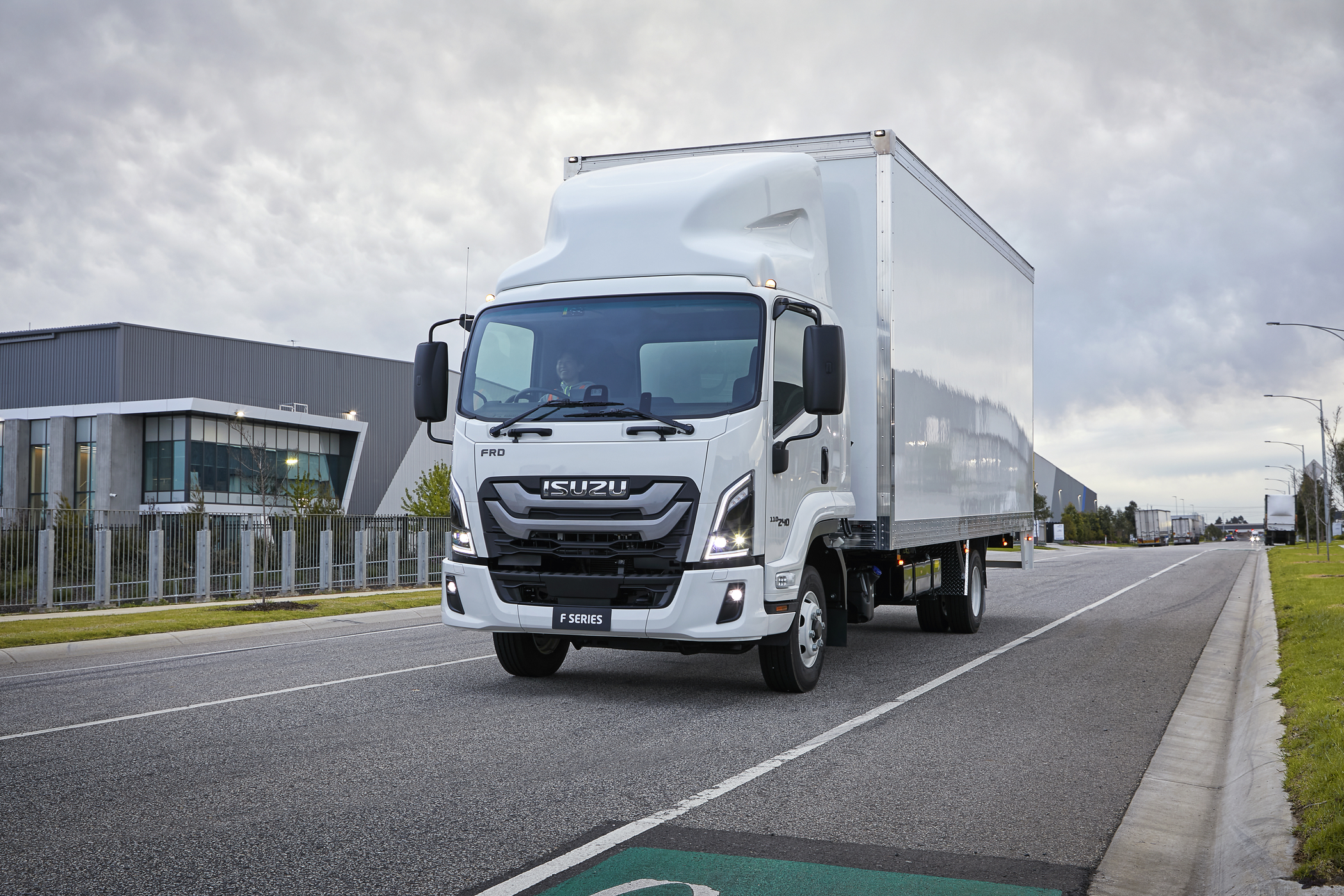KNOW YOUR DIMENSIONS: THE DO’S AND DONT'S OF LOAD SAFETY

Understanding dimension regulations in the Chain of Responsibility (CoR) legislation can be tricky for small and medium-sized business owners. The Heavy Vehicle National Law (HVNL) was introduced back in 2014, and covers all vehicles of more than 4.5 tonne gross vehicle mass (GVM) in Queensland, New South Wales, Victoria, Tasmania, South Australia and the Australian Capital Territory. Amendments to the HVNL in 2018 introduced CoR legislation to Australian truck drivers.
CHAIN OF RESPONSIBILITY
CoR is a policy that ensures that everyone who works with heavy vehicles – from the business that employs a driver to the place where goods are delivered – are accountable for safety. The introduction and improvement of these amendments aim to drastically curb incidents caused by overloaded vehicles on Australian roads. Regulations around prescribed dimensions for heavy vehicles are found within the HVNL. These regulations, their necessity and the penalties for non-compliance are among the issues that are addressed in this blog. 
DIMENSIONS: WHAT ARE THEY?
Under the HVNL, dimensions refer to the length, width and height of heavy vehicles over 4.5 tonne. Don’t be fooled when it comes to trailers as they are included in the gross combination mass (GCM) of the vehicle the moment the two are attached. Trailers are always included in the total dimensions of your heavy vehicle.
DIMENSIONS: WHY ARE THEY USED?
Regulations for dimensions exist to ensure your trailer-vehicle combination is safe to operate alongside other road users without damaging the road infrastructure it’s travelling on, depending on the vehicle and trailer combination in use. 
DIMENSION LIMITS: A SNAPSHOT
- The width limit for heavy vehicles (over 4.5 tonne GVM) is 2.5 metres;
- The height limit is set at 4.3 metres with some exemptions for certain trailer types such as livestock trailers (4.6 metre limit);
- Overall combination lengths are a bit more complicated because these limits are linked to axle groupings and trailer types. However, common length limits are:
- 12.5 metres for any rigid truck and most rigid buses;
- 19.0 metres for any truck and single trailer combination (including semi-trailers);
- 25.0 metres for a B-double combination; and
- 53.5 metres for a class 2 BAB quad road train.
- Rear overhang (the distance between a vehicle’s rear and its rear overhang line) is restricted to 60 per cent of the truck’s wheelbase or 3.7 metres, whichever is shorter.
- Some special vehicle combinations are permitted to exceed some of the general dimension limits through a scheme called performance-based standards (PBS). The PBS scheme is complicated, but it ensures longer and heavier vehicles attain higher levels of safety as well as allowing for improved productivity.
A detailed table of prescribed dimensions, including trailer lengths and rear overhang, is available on the NHVR website under the National Heavy Vehicle Mass and Dimension Limits Factsheet. 
PENALTIES
There are stiff penalties incurred when regulations are not met, with some exceeding $350,000 for an individual and upwards of $3.5 million for a company. Understanding the precise dimensions and capacity of your truck helps avoid fines and penalties. Page two of the HVNL’s Schedule of Infringement Penalties and Demerit Points 21/22 FY covers vehicle operations for loading, mass and dimensions. The schedule is updated annually and contains information on each type of penalty in some detail as they relate to the HVNL. Forewarned is to be forearmed, so before hitting the road again avoid a fine by first ensuring your vehicle is compliant. To find out more about Isuzu truck dimensions, download spec sheets and chassis drawings for our latest truck models.


The all-new Isuzu truck range is about to arrive.
Register your interest and we'll keep you in the loop with the latest updates.
Learn More



